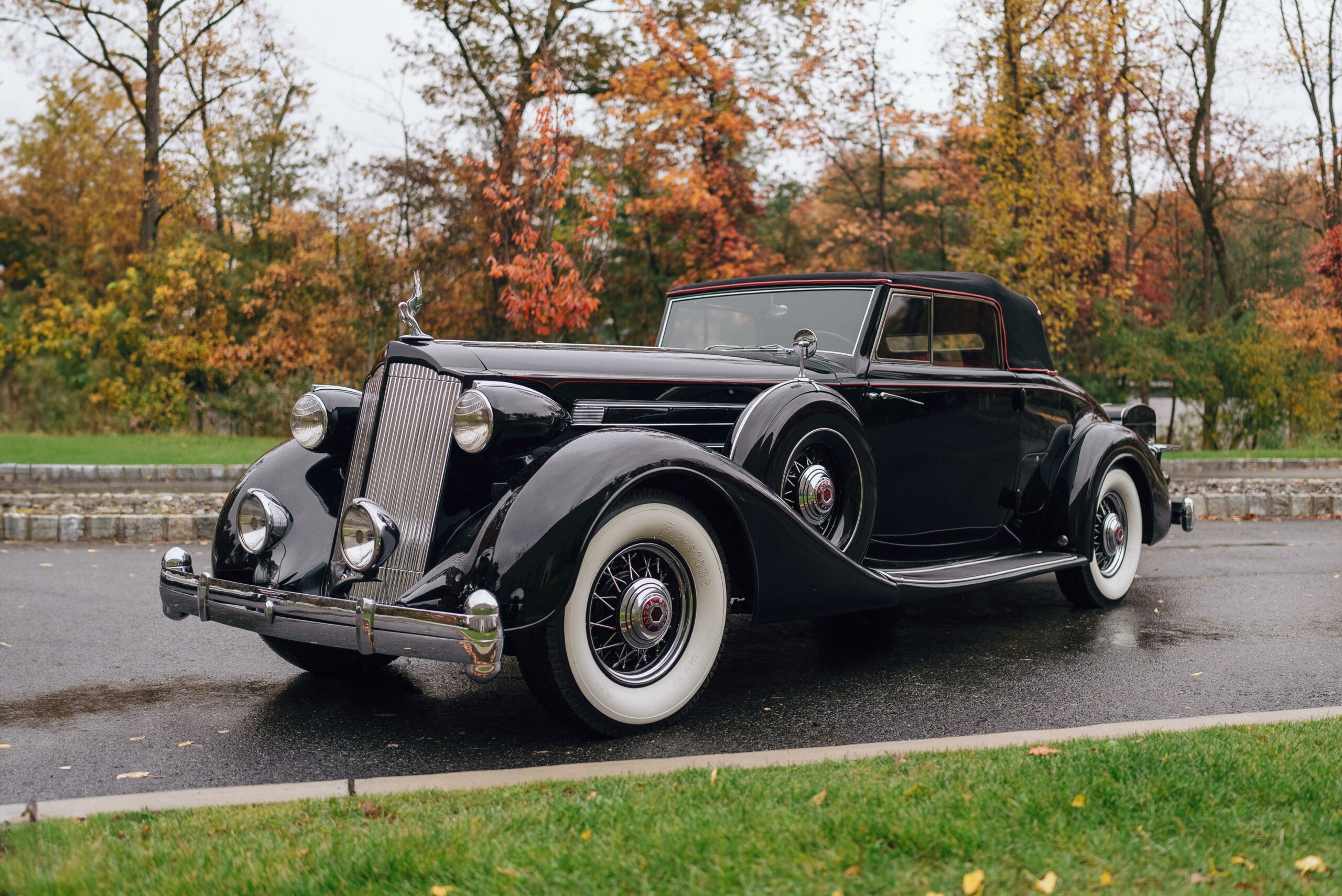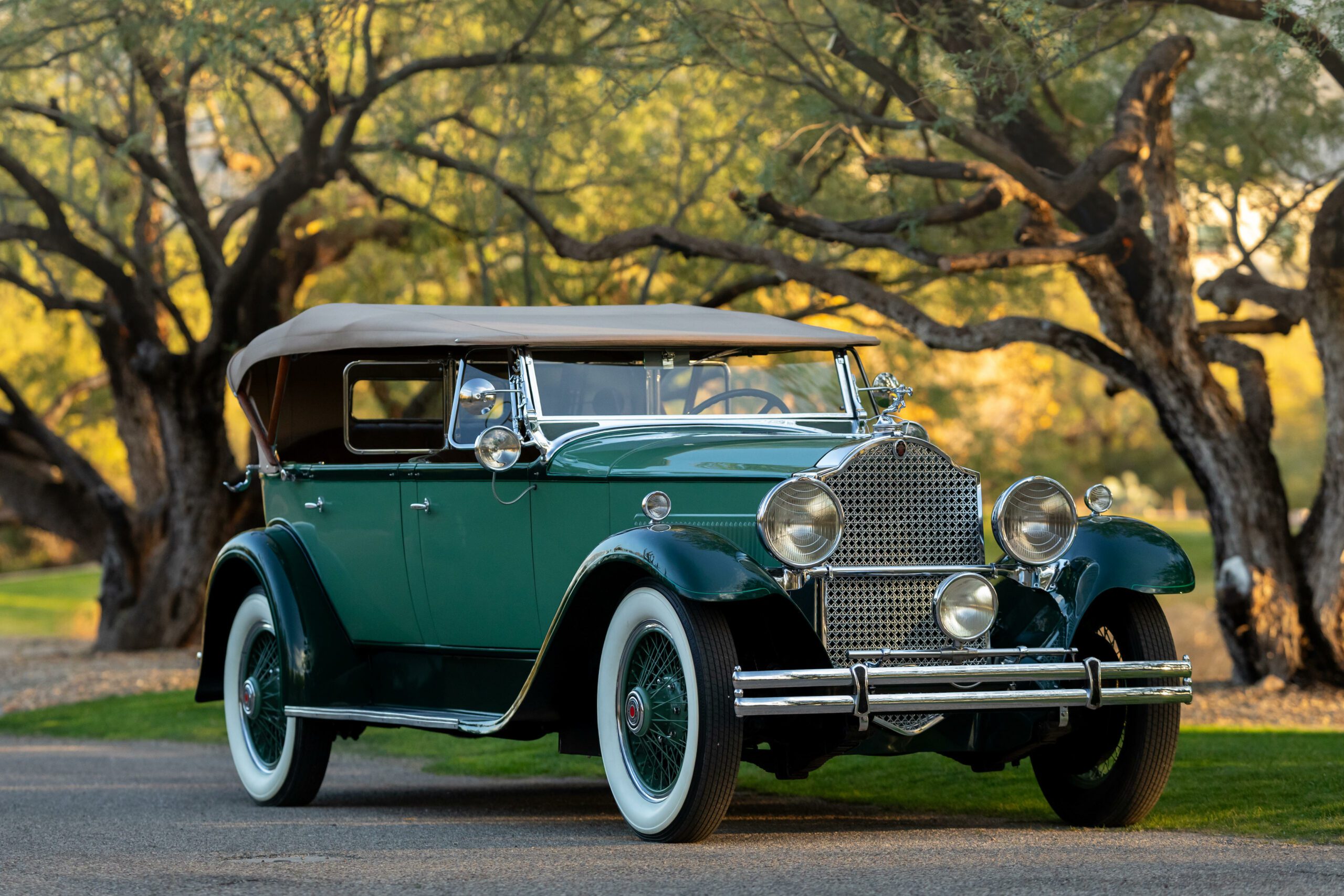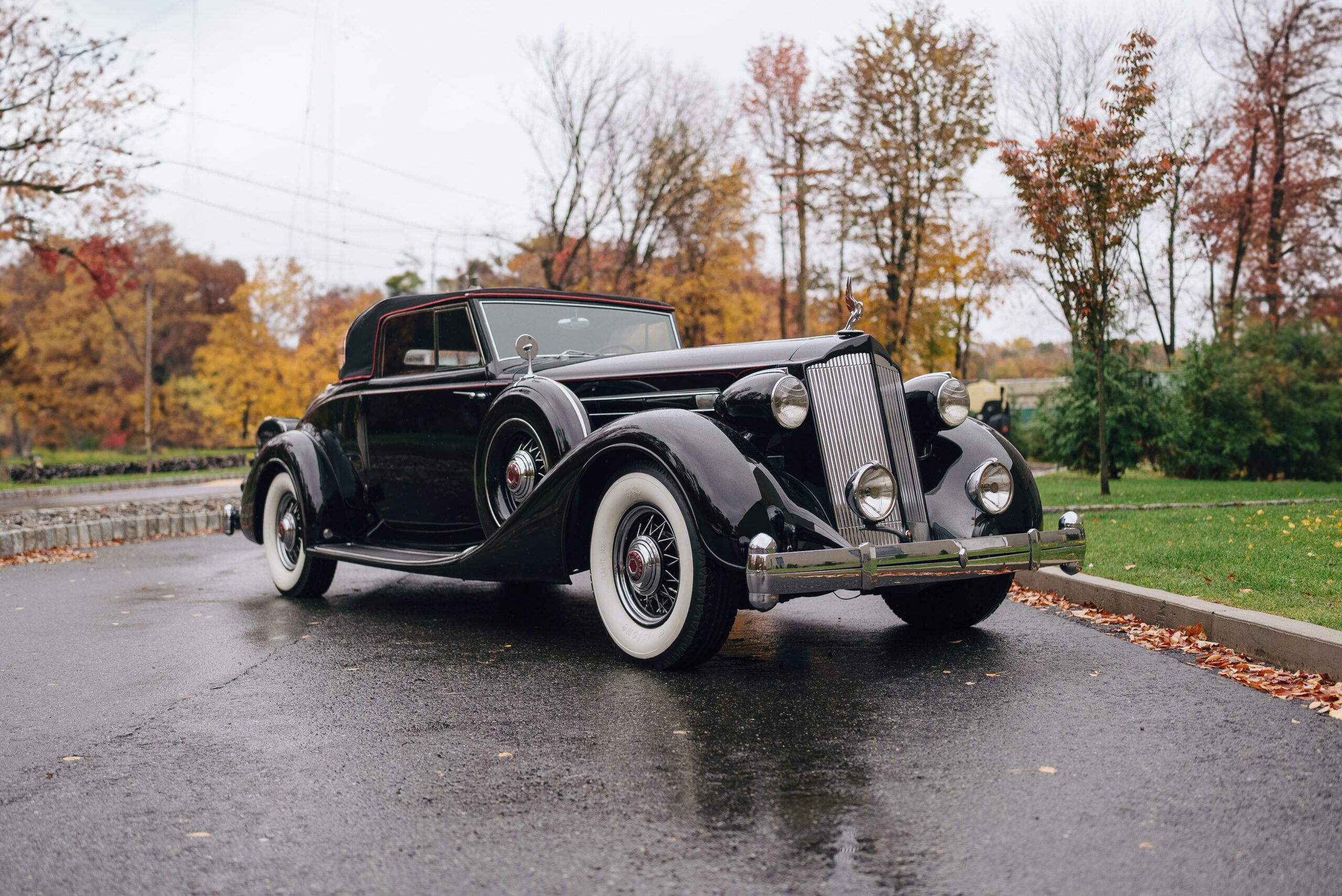Close
The history of Packard is a story of American automotive innovation, luxury, and craftsmanship. Founded in 1899 by James Ward Packard, William Doud Packard, and George Lewis Weiss, the Packard Motor Car Company quickly established itself as one of the most prestigious and enduring automobile manufacturers in the United States.
Packard’s early years were marked by a commitment to quality and engineering excellence. The company earned a reputation for producing reliable, high-quality vehicles. In 1903, Packard introduced its first four-cylinder automobile, the Model K, which became popular for its smooth performance and advanced features for the time.
One of Packard’s defining moments came in 1915 with the introduction of the Packard Twin Six, which featured a V12 engine. This model was the first mass-produced V12-powered car in the United States and marked Packard’s entry into the luxury automobile market.
Throughout the 1920s and 1930s, Packard continued to produce high-end luxury vehicles, including the iconic Packard Eight and the Packard Super Eight. The brand’s dedication to craftsmanship, refinement, and innovative engineering set it apart in the luxury automobile segment.
In the 1930s, Packard introduced the Packard Twelve, a V12-powered luxury car that was often custom-bodied by renowned coachbuilders. These Packard Twelve models were favored by celebrities, heads of state, and royalty, further enhancing Packard’s status as a premier luxury brand.
World War II brought a halt to civilian automobile production, and Packard shifted its focus to wartime production efforts. After the war, Packard resumed car production, but the market had changed, and increased competition from other luxury automakers and the rise of the American “Big Three” (General Motors, Ford, and Chrysler) began to affect the company’s sales.
In the 1950s, Packard attempted to adapt to changing consumer preferences and introduced smaller and more affordable models, but these efforts were not as successful as hoped. Financial difficulties and internal challenges ultimately led to Packard merging with Studebaker in 1954, forming the Studebaker-Packard Corporation.
The merger was unable to save both companies from continued financial struggles, and the Packard nameplate was discontinued in 1958. Studebaker continued to produce cars for a few more years before exiting the automobile manufacturing business.
Despite its eventual decline and discontinuation, Packard’s legacy endures as a symbol of American luxury, craftsmanship, and innovation. Classic Packard cars from the early to mid-20th century remain highly sought-after collectibles, appreciated for their timeless design and the quality of their engineering. The Packard logo, featuring a crouching lion, is still recognized as a symbol of automotive excellence.



